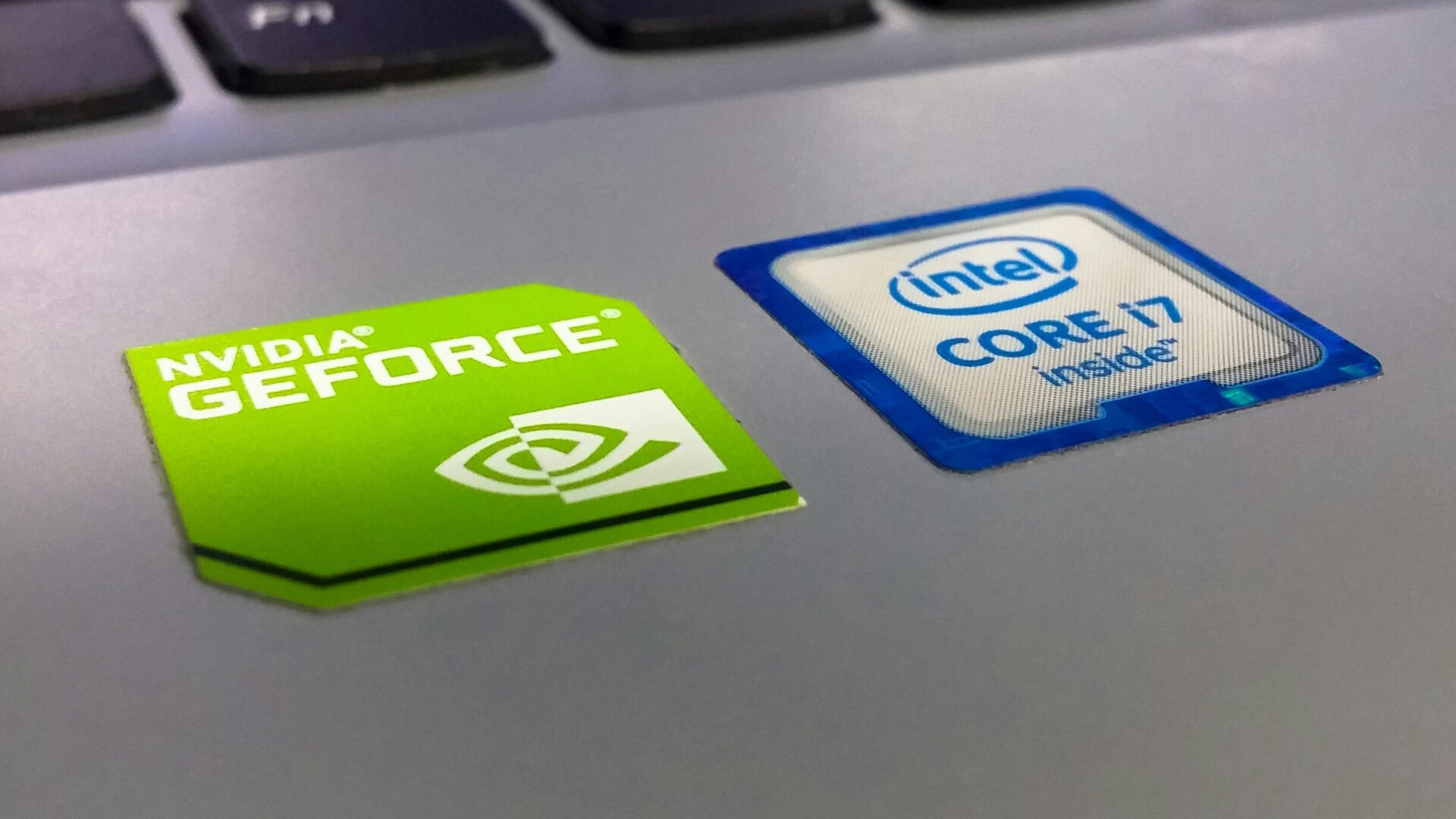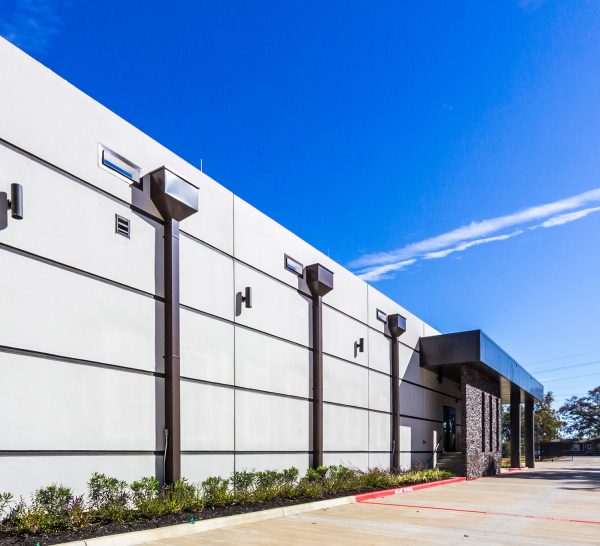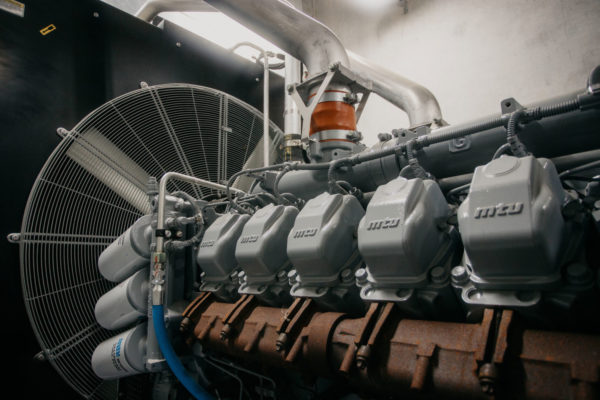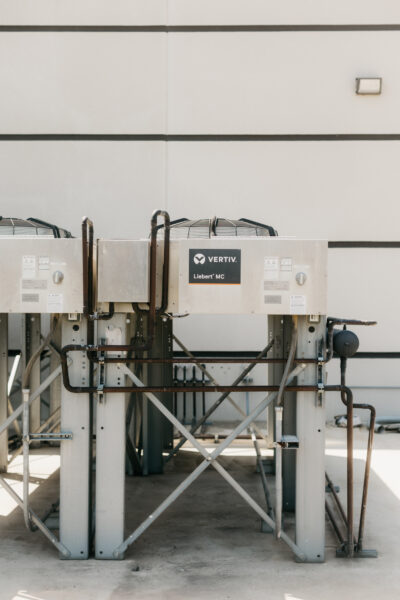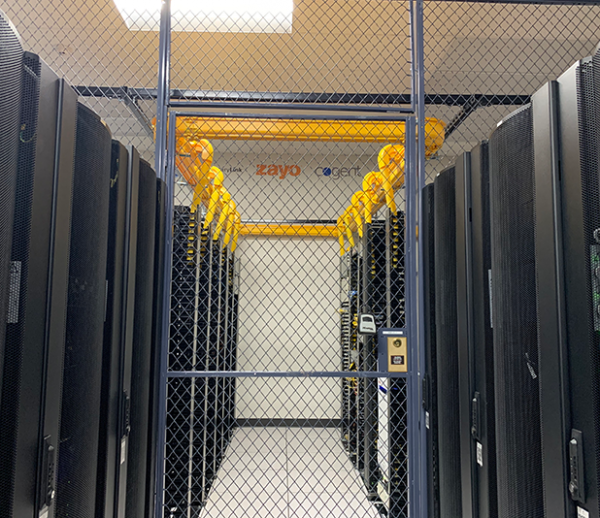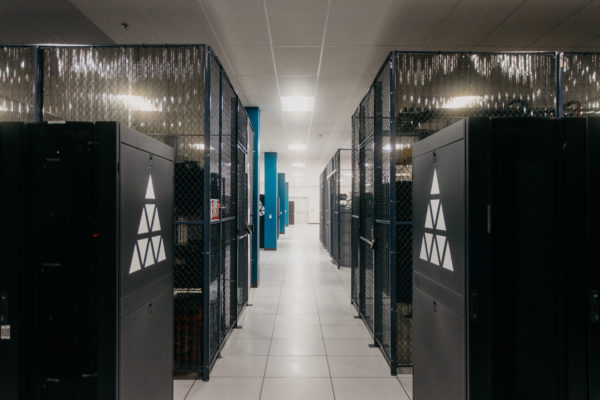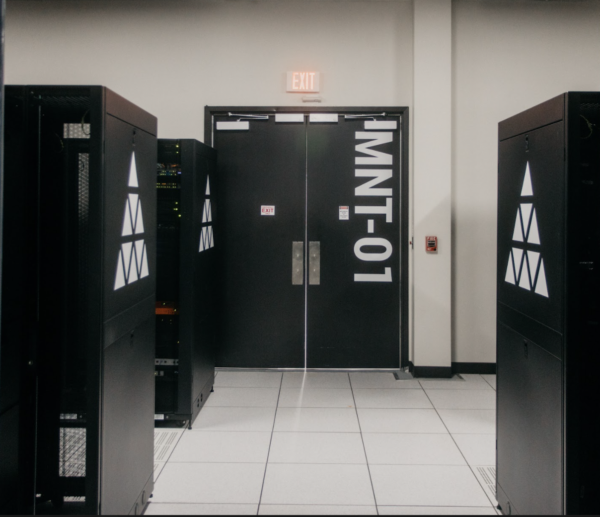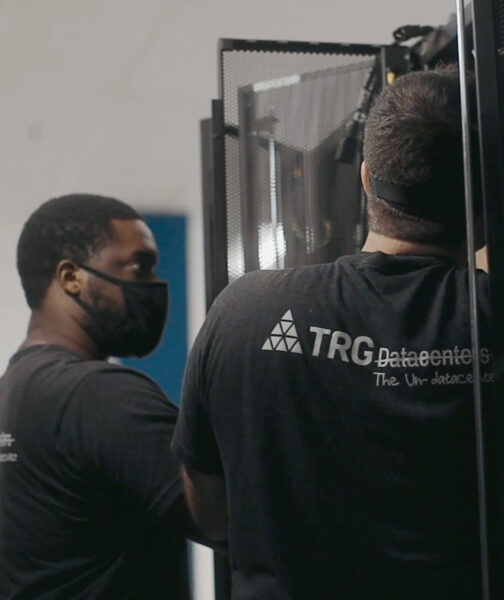What a time to be a business owner, with AI doing wonders for businesses left, right, and center! It’s 2024, and the transformative impact of artificial intelligence (AI) on businesses is no longer a secret.
Yet, some organizations are still relying on manual processes to perform daily, repetitive tasks—tasks that could be streamlined and automated through AI. So, why haven’t they made the leap?
The primary challenge lies in the infrastructure—implementing AI requires robust servers and high-performance processors, whether it’s CPUs or GPUs.
This article aims to shed light on the GPU vs CPU dilemma for AI and the critical role data centers play in managing resource-intensive AI workloads.
Furthermore, you will learn how to implement AI in your business cost-effectively using our GPU colocation services.
What are CPUs and GPUs?
Before we take a deep dive into the nitty gritty of GPU vs CPU for AI, we need to properly understand what each of these represents.
CPUs
The Central Processing Unit (CPU), one of the essential processing units in modern computing, is often recognized as the brain of computers and is typically a tiny chip integrated into the computer’s motherboard.
These chips process the basic instructions of a computer. In other words, it decides to execute the task or not based on the computer’s hardware and software instructions.
CPUs manage multiple useful tasks such as controlling the workload in the system and performing mathematical calculations that help the processor work seamlessly.
Nowadays, CPUs are multicore. In other words, they are equipped with multiple cores that enhance their parallel processing capabilities.
GPUs
The Graphics Processing Unit (GPU) was traditionally designed for rendering 2D and 3D videos, images, and animations. As a processing unit, the GPU plays a crucial role in handling data-heavy tasks like machine learning and graphics processing.
In modern computing, GPUs are used in applications of graphics processing units, including big analytics, image processing, and machine learning.
Their ability to process large volumes of calculations in parallel is particularly advantageous in fields like data analytics and machine learning.
GPUs share certain architectural components with CPUs but are optimized for parallel task execution. They even have a few common components, such as cores, memory, etc. However, GPUs’ architecture is ideal for parallel tasks.
GPUs use parallel processing to divide tasks into smaller subtasks that are distributed across multiple cores. This process accelerates its performance, resulting in faster processing times and improved efficiency in data-intensive tasks.
GPU vs. CPU: Key Differences
CPUs are well-suited for tasks requiring sequential processing. In contrast, GPUs excel at tasks such as rendering and AI model processing due to their superior parallel processing capabilities. This makes GPUs ideal for completing complicated tasks with top-notch efficiency.
While CPUs can have multiple cores (typically from 2 to 64 cores, e.g., AMD EPYC or Intel Xeon processors), they are still significantly less efficient at parallel processing as compared to GPUs that can have thousands of cores working together at the same time to complete operations in a blink.
In a nutshell, GPUs are ideal for complex computing needs such as machine learning, deep learning models, data analytics, and other artificial intelligence applications. On the other hand, CPUs are more suited for general purpose computing tasks like running operating systems, productivity software, and applications that require complex logic or control flow.
Why Can’t CPUs Work For Complex Computing Needs?
CPUs and GPUs have architectural differences, and both are designed for different general purposes. Their characteristics make them perform well in their respective tasks. As of now, you’re aware that CPUs are not designed for super-complex operations such as machine learning and deep learning. Here’s why:
- Parallel Processing
As we discussed, CPUs are less efficient at parallel processing, which limits their ability to multitask on computationally intense operations. Simply put, While processing units like CPUs can handle parallel tasks, they are much more efficient with sequential processing.
Complex operations such as machine learning uses multiple cores to understand the given task. The energy requirements increase with the complexity and size of dataset used to train AI.
That’s why businesses are turning to AI colocation to train AI models with vast sets of data. You get the power, speed, and scalability to handle massive AI projects without constantly upgrading or maintaining hardware.
And if you’re looking for a partner that can handle your AI needs seamlessly, TRG has the infrastructure ready to keep your projects running at full speed.
- Limited Memory Bandwidth
CPUs, being designed for general purpose tasks, have significantly lower bandwidth compared to GPUs, which are optimized for processing large amounts of data. High-memory bandwidth makes it possible for GPUs to perform complex tasks such as, render 3D images or process vast datasets.
That’s exactly what deep learning requires: to process tons of data simultaneously, like a human brain or neural network.
- Energy Constraints
CPUs are designed for light, sequential tasks. Although they offer energy efficiency for basic operations, they tend to consume more power for tasks that require high computational power, such as machine and deep learning.
Moreover, their limited bandwidth and parallel processing inabilities force them to work hard to execute complicated tasks, hence using extra energy to complete the operation.
Whereas, GPUs are specifically designed for taking down such tasks. They’re capable of performing complex tasks significantly faster using parallel processing, saving tons of energy without compromising on efficiency.
Due to such massive consumption of power, businesses rely on data servers around the world, with optimized power configuration for AI computing, to adapt emerging artificial intelligence trends and technologies in their workspaces. Data centers equip businesses with necessities to store their computing machines on remote servers.
What Makes GPUs Ideal for AI Workloads
As we discussed, GPUs utilize parallel processing modules to work. Let’s examine how it works with a simple example.
Suppose, a writer is writing a book. To reduce the workload he hires a few more writers and divides the number of pages across the team, hence reducing the total pages one single writer has to write to complete the entire book.
On top of that, they all can work simultaneously to get the work done faster.
Similarly, when given a task, processing units like GPUs will break it into smaller subtasks and use their parallel processing capabilities to distribute the workload across thousands of cores, completing tasks more efficiently.
Moreover, multiple GPUs can be incorporated in one single node to achieve high-performance computing (HPC), which can be super helpful for areas where extensive processor power is required.
HPC is lightning fast. Our normal computers with 3 GHz processors can perform billions of operations per second. Although it does sound tremendously fast, it is still significantly slower comparatively to HPC that can perform quadrillions of calculations per second.
GPUs demand serious power. Whether it’s rendering realistic graphics, processing massive AI models, or handling pixel-level details, they consume a lot of energy. But that extra power means unmatched performance. Yes, they use more energy, but they get the job done faster and more efficiently when it matters most.
Evaluating CPU vs GPU for AI: Pros and Cons
Although GPUs seem like the best option for AI, it’s essential to examine their downside as well. In this section, we will evaluate CPU vs. GPU for AI and point out the pros and cons of each.
|
Aspect |
CPU |
GPU |
|
Power |
Good for basic AI tasks and some artificial intelligence applications. Struggles with complex tasks like deep learning models and large language models. |
Excellent for parallel tasks like deep learning and large language models. Suitable for heavy AI processing units. |
|
Energy Efficiency |
Energy efficient for small tasks. |
Not as efficient in terms of energy consumption compared to CPUs. |
|
Integration |
Easily integrates into existing general purpose computing systems. |
Less flexible for integration in traditional graphics processing units (GPUs) setups. |
|
Speed |
Slower for high-performance tasks like model training or real-time AI applications. |
Much faster for AI tasks, machine learning, and high-performance computing (HPC). |
|
Cost |
More affordable, especially for general-purpose applications and basic AI tasks. |
More expensive, particularly for high-end models required for AI. |
|
Cooling |
Does not require advanced cooling systems. |
Needs advanced cooling, especially in setups with field programmable gate arrays (FPGAs). |
|
Flexibility |
Better for handling simple tasks and general purpose computing. |
Less efficient for simple tasks, but excels in parallel processing for larger AI workloads. |
CPU vs. GPU for Machine Learning and Deep Learning
What is Machine Learning?
Machine learning is a component of artificial intelligence that uses historical data to learn and adapt to appropriate trends and regulations without (or with little) human instruction or intervention. There are four kinds of machine learning:
- supervised
- semi-supervised
- unsupervised
- reinforcement
CPUs and GPUs for Machine Learning
When comparing GPU vs CPU for machine learning, due to the characteristics of CPUs they are not considered the ideal choice for machine learning. Although, they are a good choice for businesses that want to start low and scale with time, because they are cost-effective.
Certain machine learning tasks, such as decision trees or basic NLP tasks, may still perform well on CPUs, especially when the computational complexity is lower.
Training models require a lot of data processing, especially in unsupervised learning, where the system must handle a wide range of tasks. Artificial intelligence applications like these benefit greatly from the GPU’s ability to process large datasets.
Additionally, the more data used for training the AI model, the better it would train. That would require a considerable amount of bandwidth. As we learned previously, GPUs are bandwidth-rich, making them the optimal choice for machine learning.
What is Deep Learning?
It is a subset of machine learning, which uses neural networks to mimic decision making power of the human brain. Deep learning is involved in most AI powered applications we use in our day-to-day life.
CPUs and GPUs for Deep Learning
GPUs take the lead in deep learning as well, simply for the fact that CPUs can not process multiple tasks at once. Deep learning also requires a high performance process so the models can learn more quickly.
With thousands of cores, GPUs are built to handle the latest AI technologies, making them ideal for deep learning tasks. They are faster than CPUs and can work more efficiently.
Leveraging CPUs and GPUs Together
Understanding each one’s strengths and weaknesses can help you utilize artificial intelligence while spending smartly. Working with both together can cut costs while maximizing the output of artificial intelligence.
There are several hybrid AI frameworks that allow easier integration of both CPUs and GPUs to maximize efficiency by combining strength of both processors. For instance, CPUs handle basic computing tasks, while GPUs handle complex ones.
Let’s look at a couple of examples of how you can implement both simultaneously:
Refining on CPU, Computation on GPU
Machine or deep learning requires large amounts of data to train properly. That data requires a lot of refining and optimization so that the model can easily grasp the context of it. Such kinds of tasks can easily be performed using a central processing unit or CPU.
Afterward, the CPU can transfer the information to GPU which will perform remaining heavy computation like backpropagation, matrix multiplication, and gradient calculations to train a model. This way you can utilize both processes to train AI models by using CPUs for less-intensive tasks and GPUs for heavier ones.
Utilizing CPU for the Inference Phase
As we learned, GPUs are the best choice for deep and machine learning because they require high computing tasks. Following deployment, the inference phase—where the model is put into production—commences.
The inference phase, which consists of making predictions to calculate an output, is a lower-intensity task that can be handled by the CPU. However, in some advanced cases, hybrid systems using CPU, GPU, and NPU (Neural Processing Unit) setups can offer the flexibility needed for both general-purpose and specialized tasks.
In summary, CPUs can often handle inference tasks for smaller, less intensive models, while GPUs may be necessary for large-scale or real-time applications.
Why Data Centers are Vital for AI
Ai-driven businesses simply cannot succeed without a solid infrastructure to rely on. For instance, our Houston data center, has gained the trust of thousands of clients. As for proof, the 89 5-star reviews speak for themselves.
With TRG data centers, you can rest assured that your AI infrastructure, including CPU and GPU resources, will operate in the ideal environment for your business to thrive. You will get 24//7 remote hands-on support, and your systems will stay up and running at all times.
Key Takeaways
Both CPUs and GPUs are essential for AI. Both have their own advantages and disadvantages. Combining both CPUs and GPUs can provide enough power and functionality for businesses trying to implement AI in their workspaces.
If you need help implementing AI in your business TRG is just a call away! Our collocated data servers around the world can help you power AI operations with greater efficiency. Moreover, it is sustainable, cost, and resources-effective way than installing your own robust servers.
Ready to optimize your AI infrastructure with industry-leading GPU colocation? Contact us today and let us handle the heavy lifting while you focus on growth.
How TRG Can Help Your Business With AI
At TRG, we pride ourselves on providing top-tier data center services designed to meet the growing demands of AI infrastructure.
Our Houston data center is a facility specifically for hosting and managing IT infrastructure. It comprises advanced technology like waterless cooling, indoor generators, and a 100% uptime guarantee! Whatever you need to handle the most complex AI workloads, our data centers will provide without faltering.
After all, we stay true to the primary role and purpose of a data center, which is to manage, store, and process large amounts of data.
GPU vs CPU for AI — Frequently Asked Questions
Although both CPU and GPU can be beneficial for artificial intelligence, GPU takes a leading edge in it. Due to its parallel processing abilities combined with massive bandwidth it can perform highly complex tasks such as, machine learning, deep learning, and other AI-powered operations rapidly.
Absolutely! GPUs are ideal for artificial intelligence applications due to their ability to handle parallel processing and large datasets efficiently.
GPUs can be 10 to 100 times faster than CPUs for machine learning, depending on the task and hardware. Simply put, GPUs perform tasks up to 100 times faster than CPUs.
CPUs are not used for AI because artificial intelligence requires high-end processors to work seamlessly, which CPUs can not provide. Their limited bandwidth and inability to work multiple cores at once make them unsuitable for complex artificial intelligence.
Looking for GPU colocation?
Deploy reliable, high-density racks quickly & remotely in our data center
Lease the most reliable GPUs
Our partners have B200s and L40s in stock, ready for you to lease today
